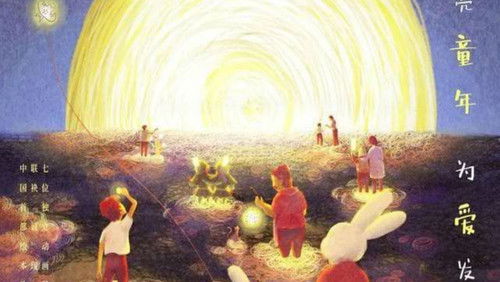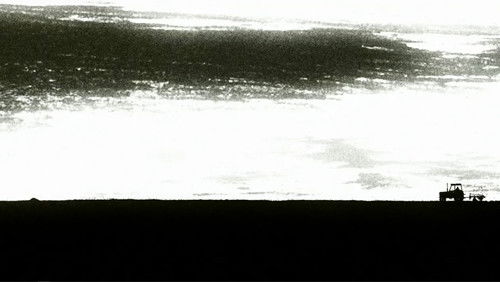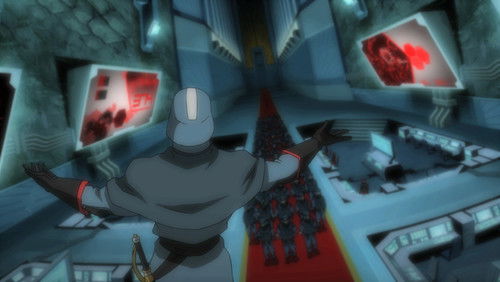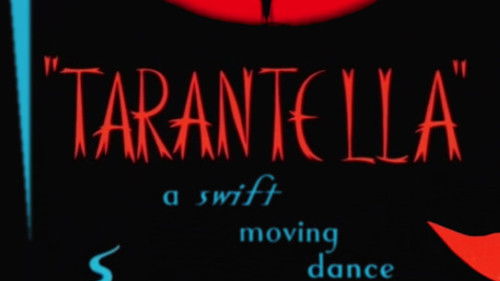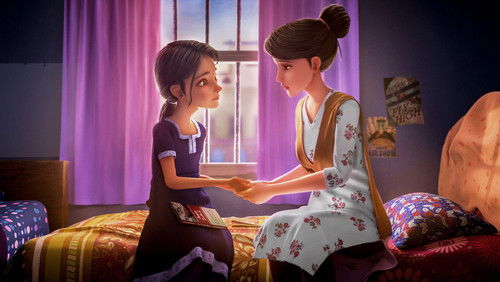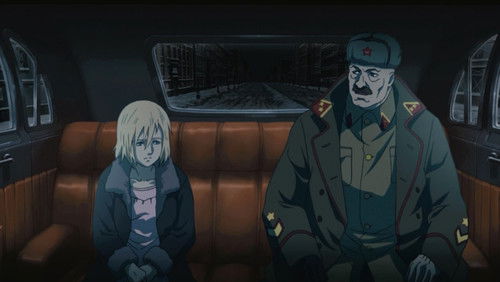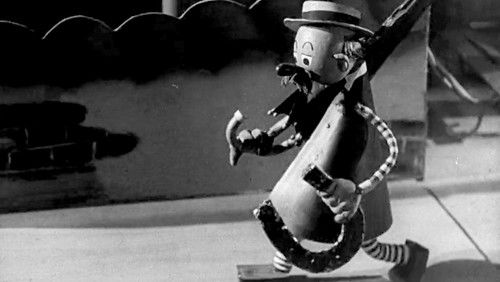The Comb (Short 1991)
19KThe Comb: Directed by Stephen Quay, Timothy Quay. With Joy Constaninides, Witold Schejbal. A porcelain doll and a sleeping woman. How will they interact through her dreams?
“Explaining an avant-garde film such as The Comb is like trying to explain the concept of colors to a person who has been blind since birth. The blind may conjure up their own ideas of what colors look like, but they cannot fully realize them. Such is the way of the avant-garde cinema. It simply cannot be explained through mere words due to its abstractness. In order to fully realize it, you must experience it. Viewing The Comb is like entering a nightmare netherworld unimaginable even in your darkest dreams. Much like a dream, it is difficult to explain in mere words. Like all avant-garde films, The Comb must be experienced first-hand to be fully realized. This film is set in a disturbing little world full of moth-eaten 19th century dolls, crooked passageways, rotted wood and trees and mazes of ladders leading to an other-worldly crimson sky. Surrealism is prominent throughout; it seems as if The Comb is a Salvador Dali painting animated to life. The dream scape presented in The Comb has few resemblances to the real world, as everything is given a nightmarish tilt. As in their other films, The Quays once again animate the inanimate and bring lifeless objects to creaky, jerky life. u003cbr/u003eu003cbr/u003eThe main character, if I may call it that, is a dirty, cracked porcelain doll who is intent on climbing a tower clustered by mazes of ladders and small passageways that all lead toward a blood-red sky. Periodically Intercut between the dollu0026#39;s difficult journey upwards is a woman tossing and turning in her bed, which is set in a grainy, Victorian-era room loaded with worn antiques. The brief scenes of this woman (circa 4 of the 18 minutes the film lasts) are live-action (a real human, no animation) and in Bu0026amp;W while the rest of the film occurs in the lushly colored netherworld made living through stop-motion animation. The woman appears to be having a nightmare which may be linked to the world the doll is struggling in. The actions of the woman echo into the dollu0026#39;s dream world and vice versa. At the end of the film, the relation between the doll and the sleeping woman is brought into perspective. u003cbr/u003eu003cbr/u003eThe Comb is very surreal and avant-garde, meaning it breaks from conventional film making practices. There is no dialogue, no narrative story, no named characters; just pure abstract avant-gardism. The nameless characters seem to be symbols, and their antics tell a story that is open to anyoneu0026#39;s interpretation. I think The Comb expresses the relationship between Man and his Dreams. What we do in the u0026#39;realu0026#39; world (displayed by the woman in bed) reverberates in our dreams (the dollu0026#39;s journey). I believe the woman in bed is dreaming everything that happens in the film. u003cbr/u003eu003cbr/u003eThere is no score, except for disjointed stabbing violins, scratches and indecipherable moaning, which adds to the already disturbing visuals. Like most avant-garde films, this will tap into your subconscious and have a strange, personal effect on you. Whenever I watch The Comb, I feel as if my life is put on hold for 18 minutes as Iu0026#39;m pulled into this enigmatic, surreal world. I have seen most of the Brothers Quay films and feel this is their second best, under their masterpiece The Street of Crocodiles. The Comb is highly recommended for fans of stop-motion animation, avant-gardism or just something different.”
